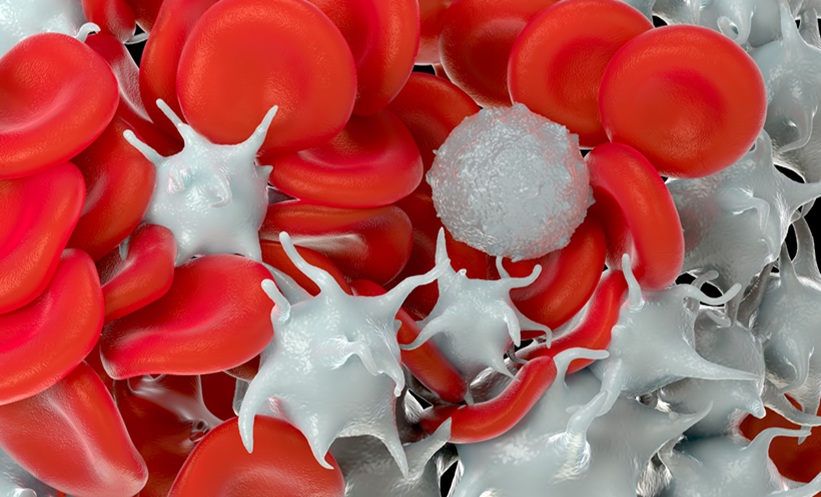Abstract
The Z variant (Glu342Lys) of α1-antitrypsin polymerises and accumulates in the hepatocyte endoplasmic reticulum predisposing to neonatal hepatitis and liver cirrhosis. The resultant secretory defect leaves the lungs vulnerable to elastolysis and early-onset emphysema. There is currently no cure for the liver or lung disease other than organ transplantation. This review discusses the evolving understanding of the molecular pathogenesis of the condition and how this has led to the emergence of novel treatment strategies for α1- antitrypsin-related liver disease.
Please view the full content in the pdf above.







